In 1974, a heavy equipment operator was clearing the site for a housing development. After removing several feet of soil, he uncovered several fossilized bones. He realized right away that the bulldozing should not continue. The owner of the land donated it and in-depth excavations began shortly thereafter led by Dr. Larry Agenbroad, the Site Director. The sinkhole is estimated to be about 70 feet deep, and excavations have been going on in the first 27' for the last 40 years.
Because this is such an unusual find, the decision was made to leave all of the fossils "in situ" (where they were found). Today there is a large building that covers the excavation site.
Our visit:
- There is a 7-minute video that we saw before the tour.
- A guide provides a 30-minute tour of the site and visitors are then free to roam the area (walkways and ramps above and around the site).
- The exhibit hall displays full-sized replicas of mammoths, a giant short-faced bear and a walk-in mammoth bone shelter.
- In 2012 a replica of Lyuba, a one-month old baby mammoth found in Sibera was added.
Partial view of the excavation site. That's a fossilized tusk in the foreground.
That's a mammoth's teeth (next to blue flag). They kind of look like the soles of shoes. And another tusk in the background.
Pelvic bone ... this is one of the ways they determined that all 61 of the mammoths were male ranging in age (when they died) of 6-47.
This mammoth skeleton was complete, except for the head, when discovered. Can you see the spinal column, ribs and legs? Excavators named it "Marie Antoinette," but after it was determined to be a male, he was renamed "Murray" Antoinette.
Check out the size comparison of mammoth vs man (and John is 6' 4").
Also, here is a comparison between a human ulna (arm bone) and that of a mammoth.
Also, here is a comparison between a human ulna (arm bone) and that of a mammoth.
Mammoth bone house - most commonly found in Ukraine and Eastern Europe and 12,000 - 27,500 years old; usually found in groups of 5 or 6; approximately 30 known sites.

Interior.
Short-faced black bear skeleton - extinct and rare specimen found in the sinkhole excavation site. Usually, bears were able to climb out due to their paws/claws.
Check out the size variance in known bears of today compared to the short-faced black.
If you are ever near Hot Springs, SD, you really should visit this amazing site. The cost was $10/adults; $9/seniors - well worth it. There's lots more to see in the exhibition area than covered here. And the excavation site is fascinating ... and indoors. I do not know what I expected, but this is an amazing find. Who knows what else is just 10-20 feet below where we stand?
www.mammothsite.com
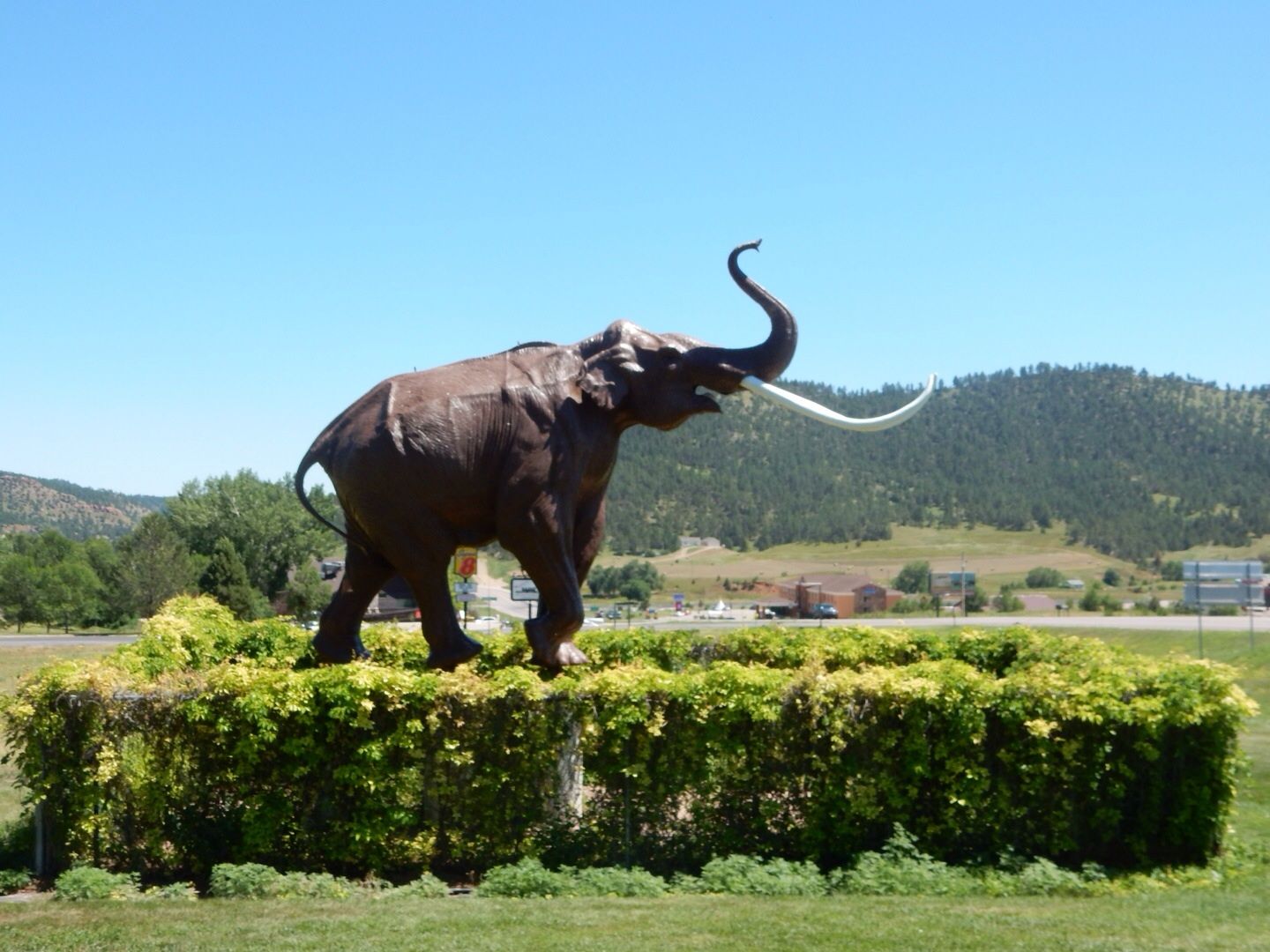
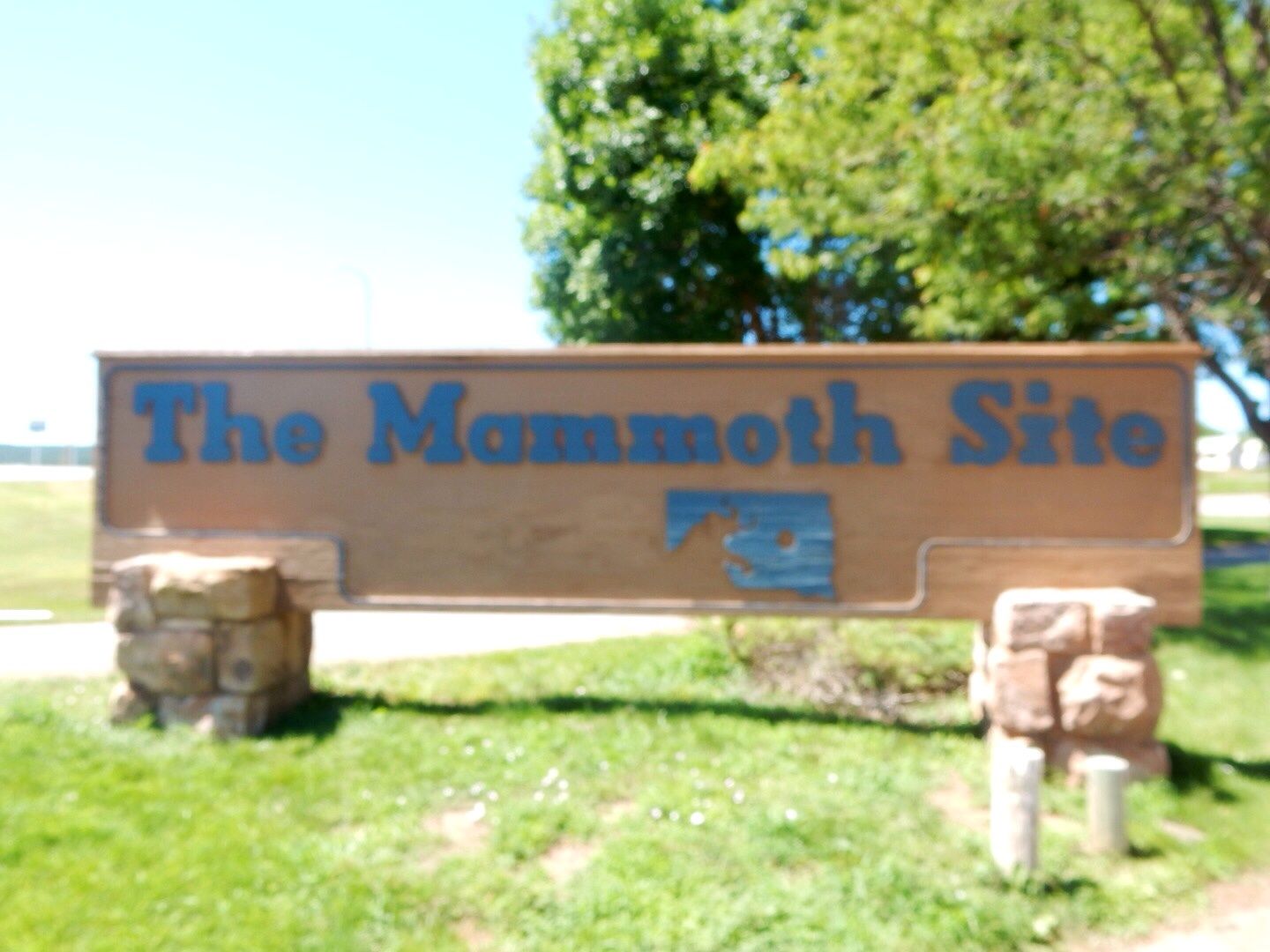
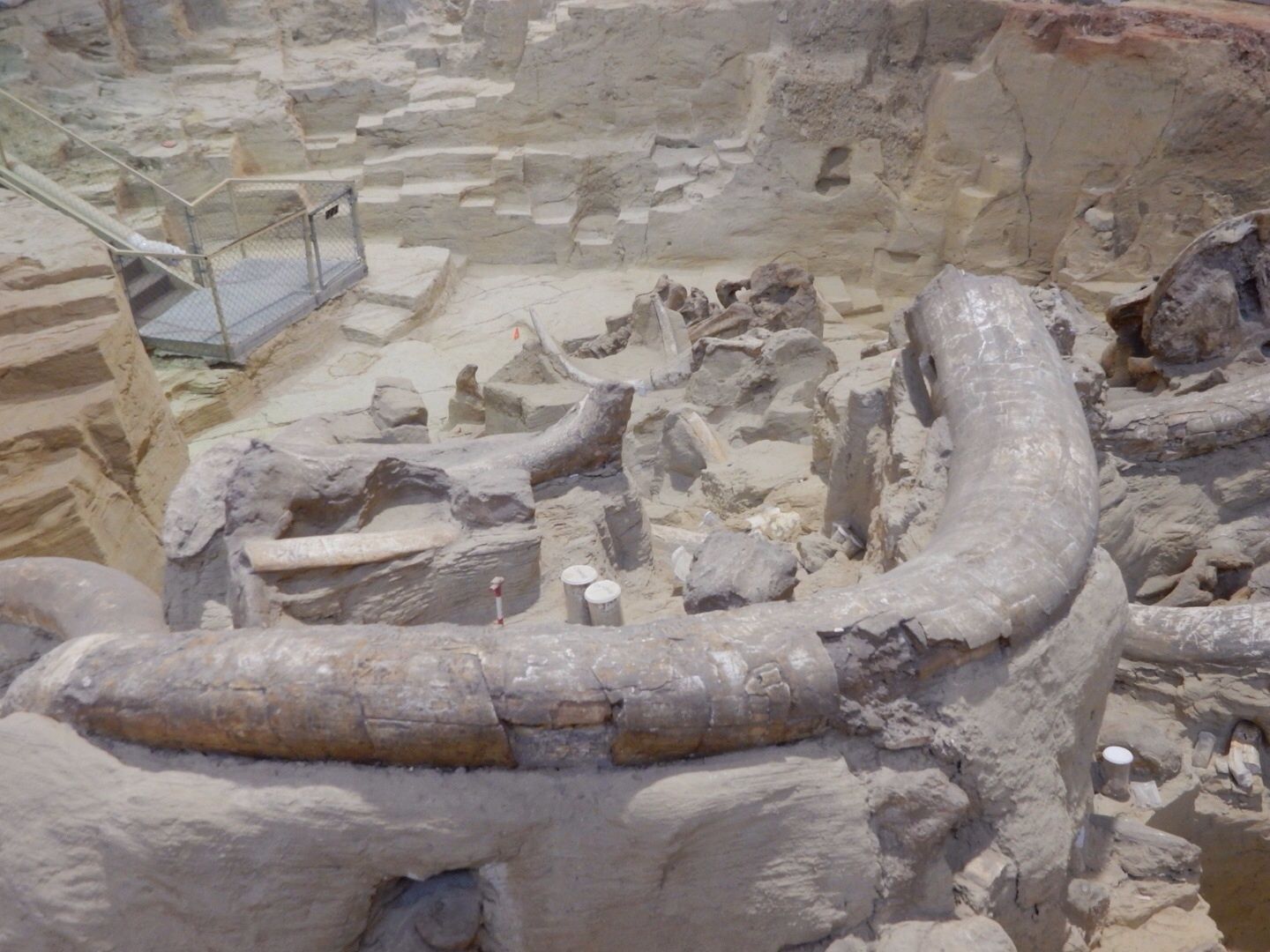

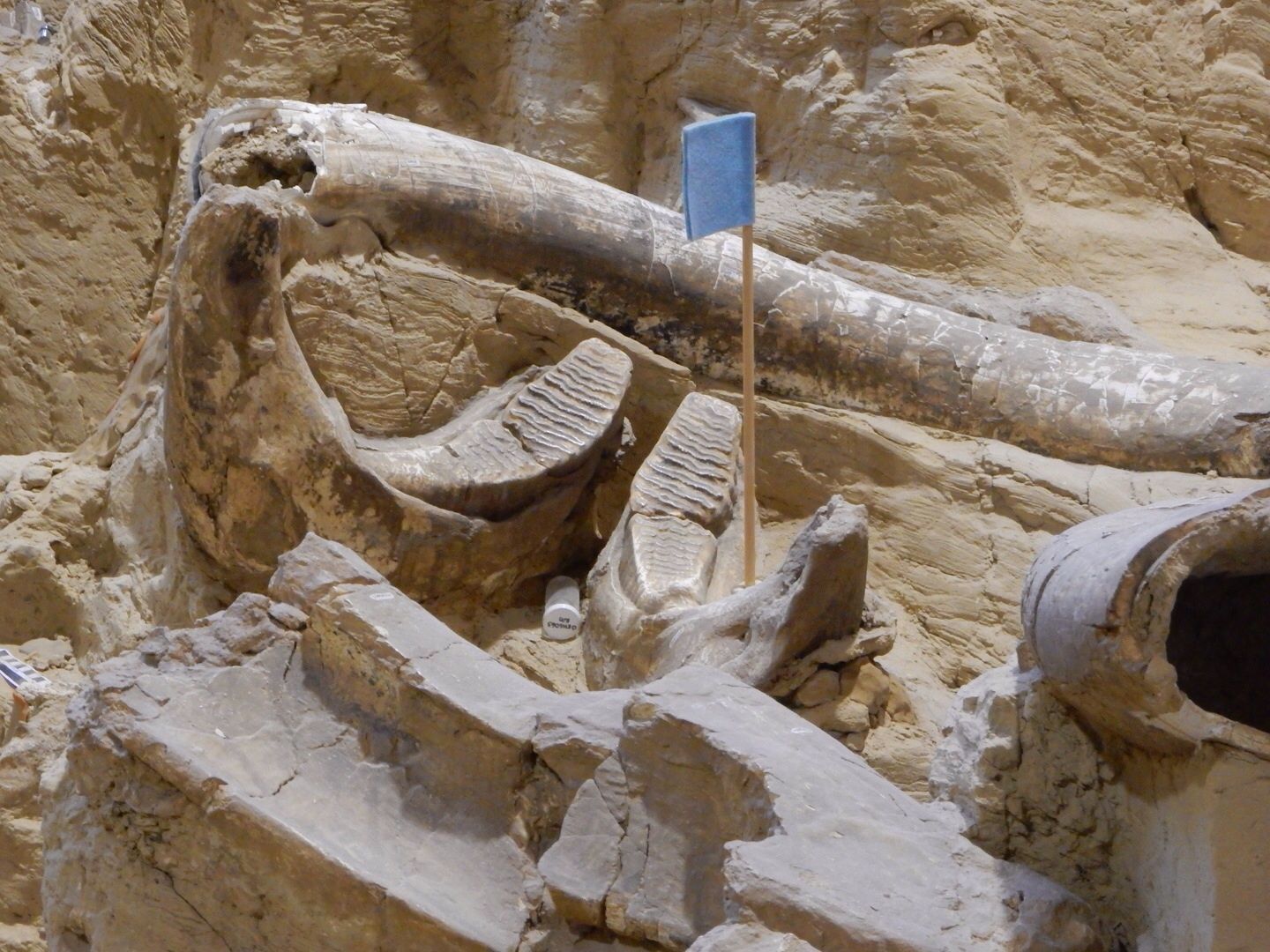

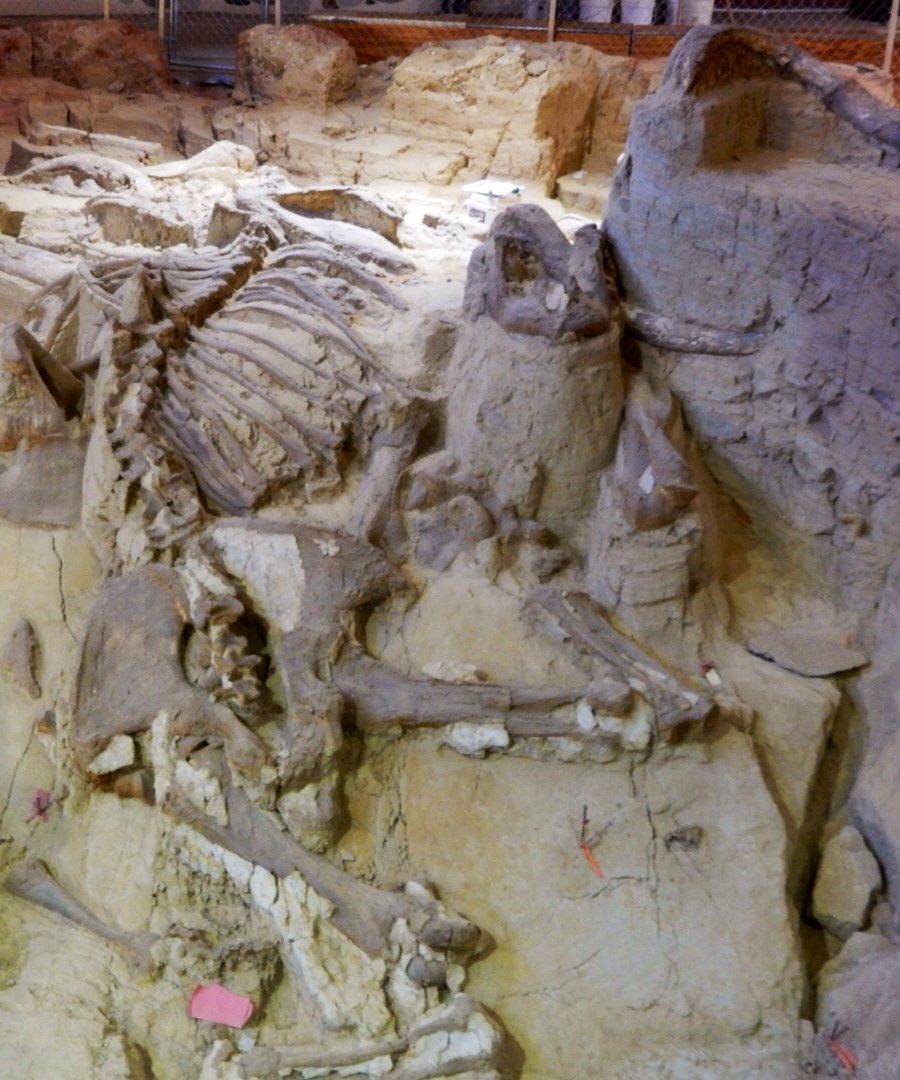
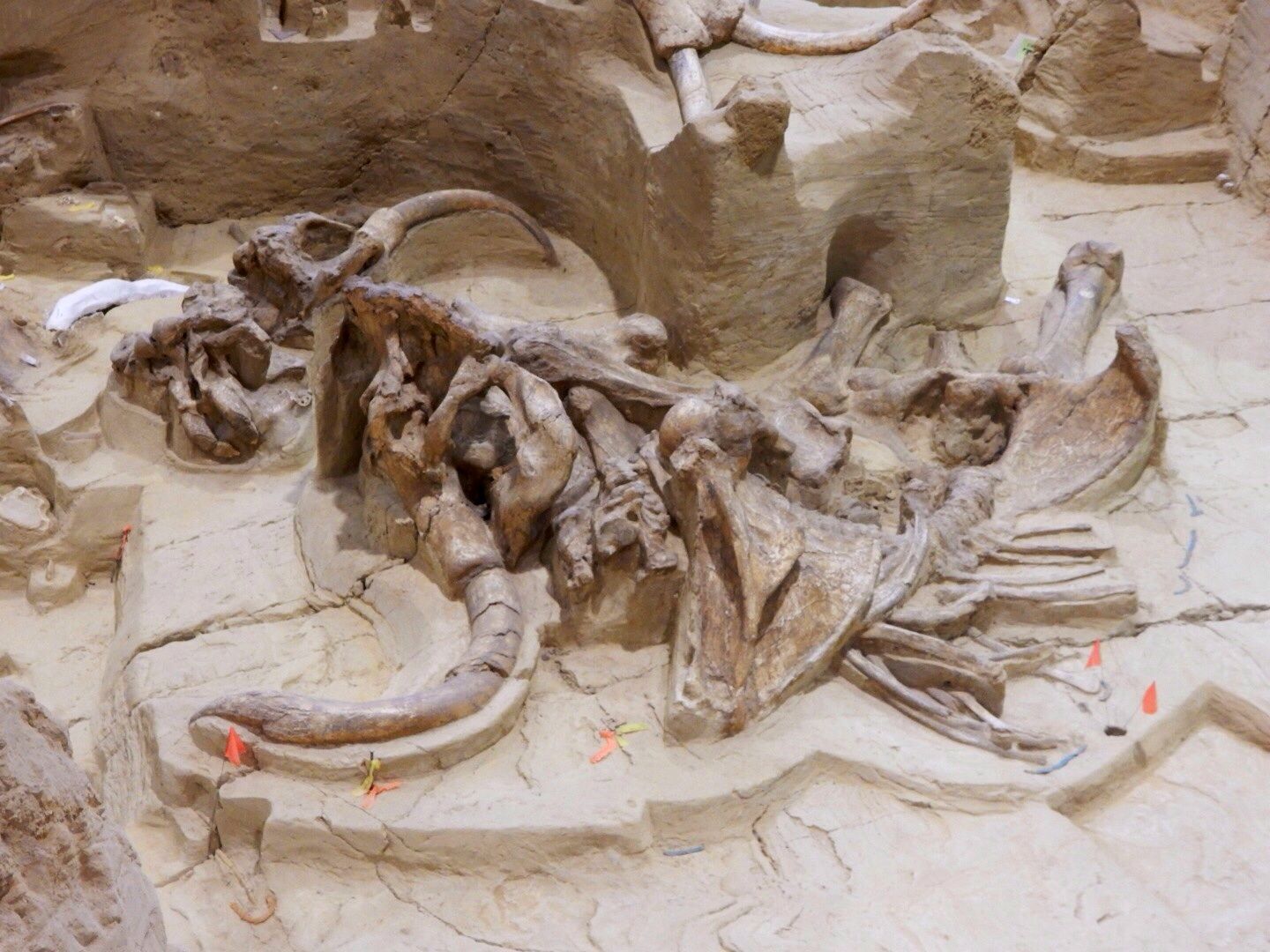
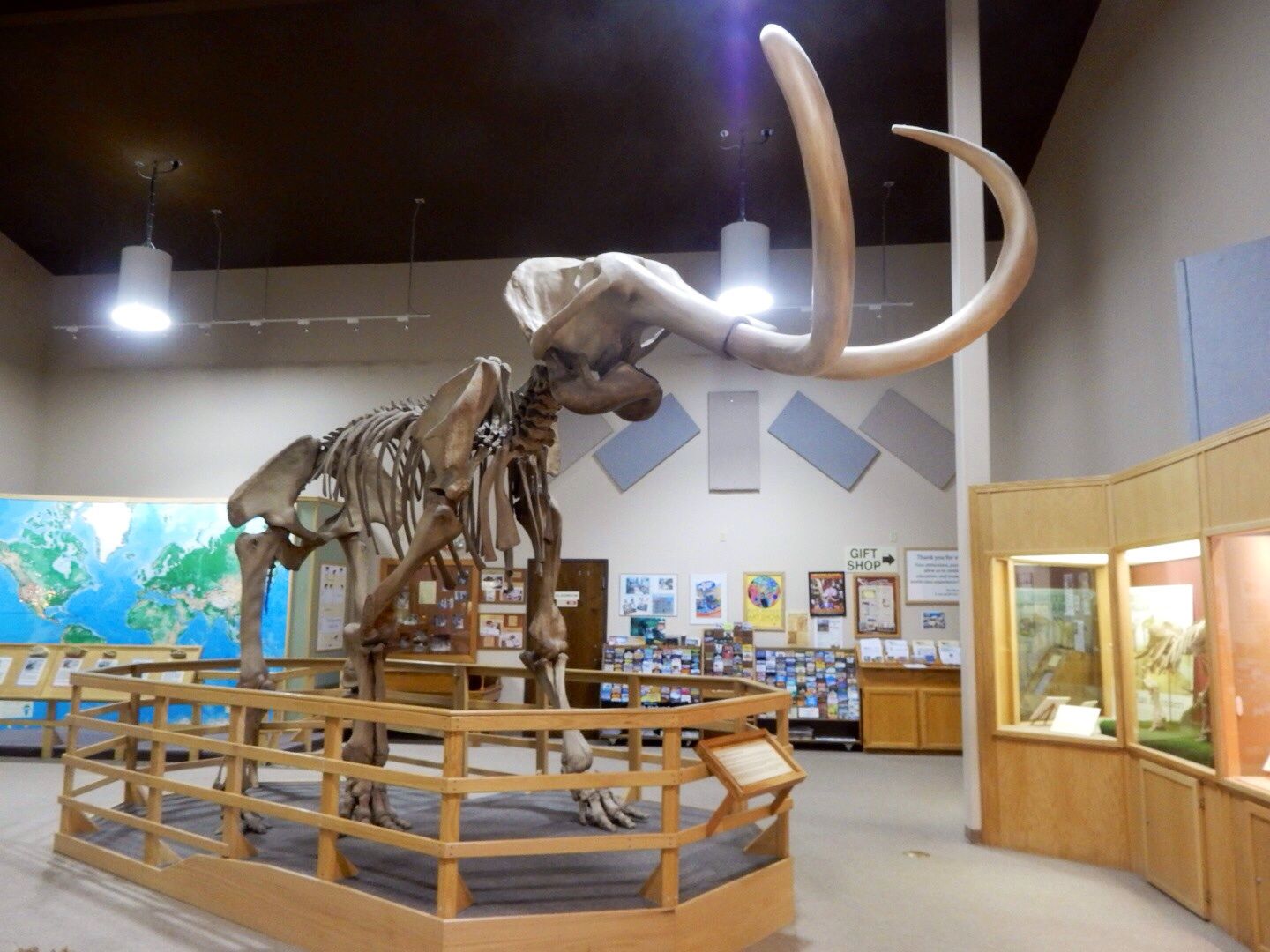
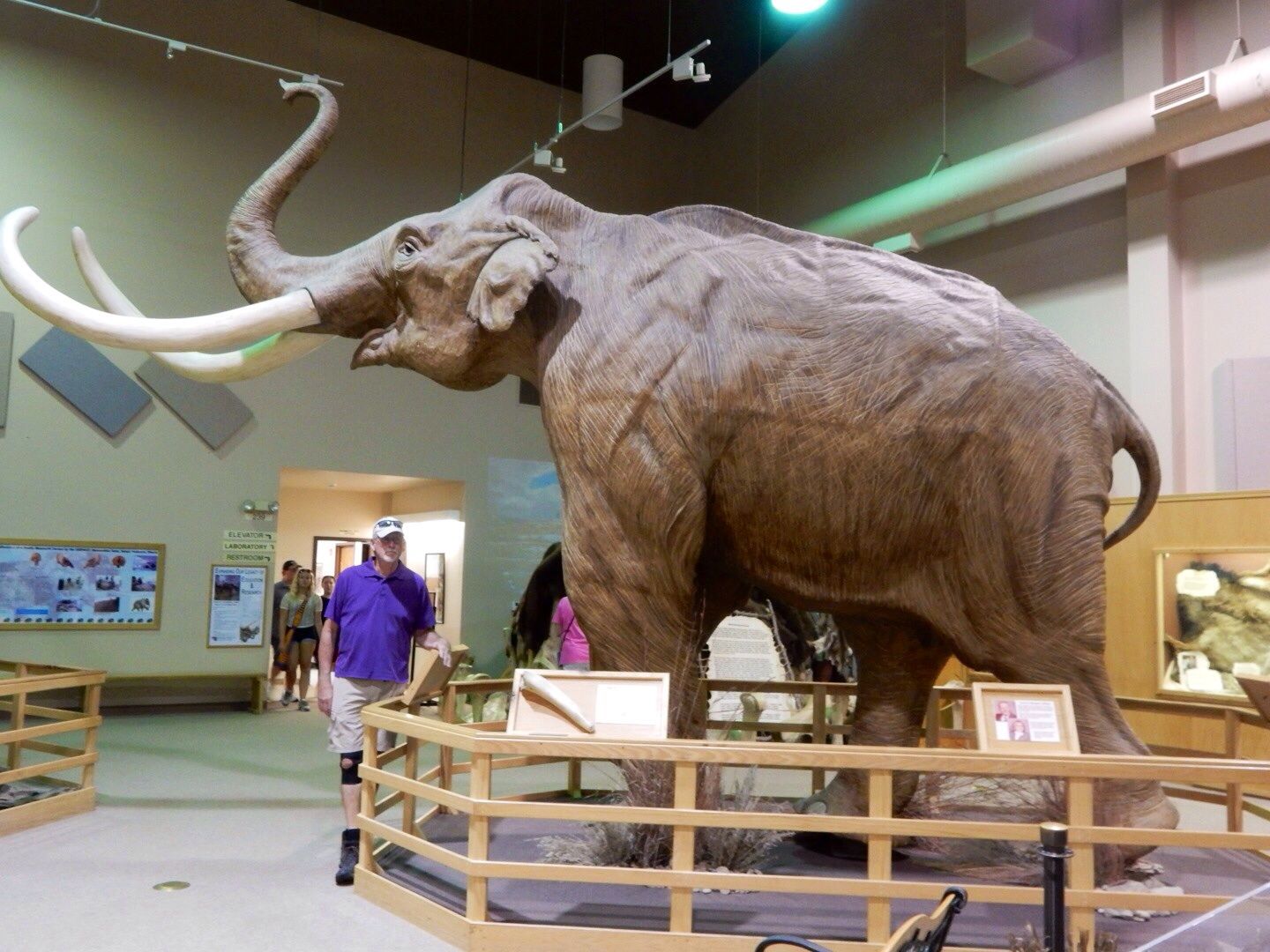

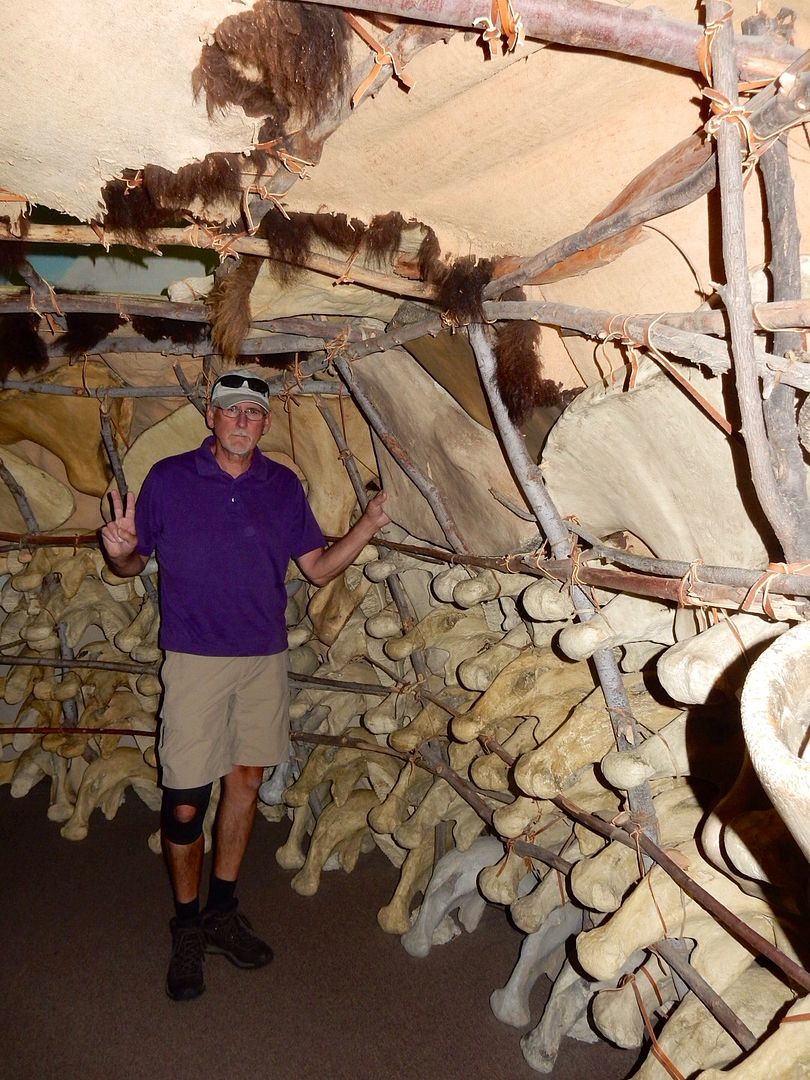
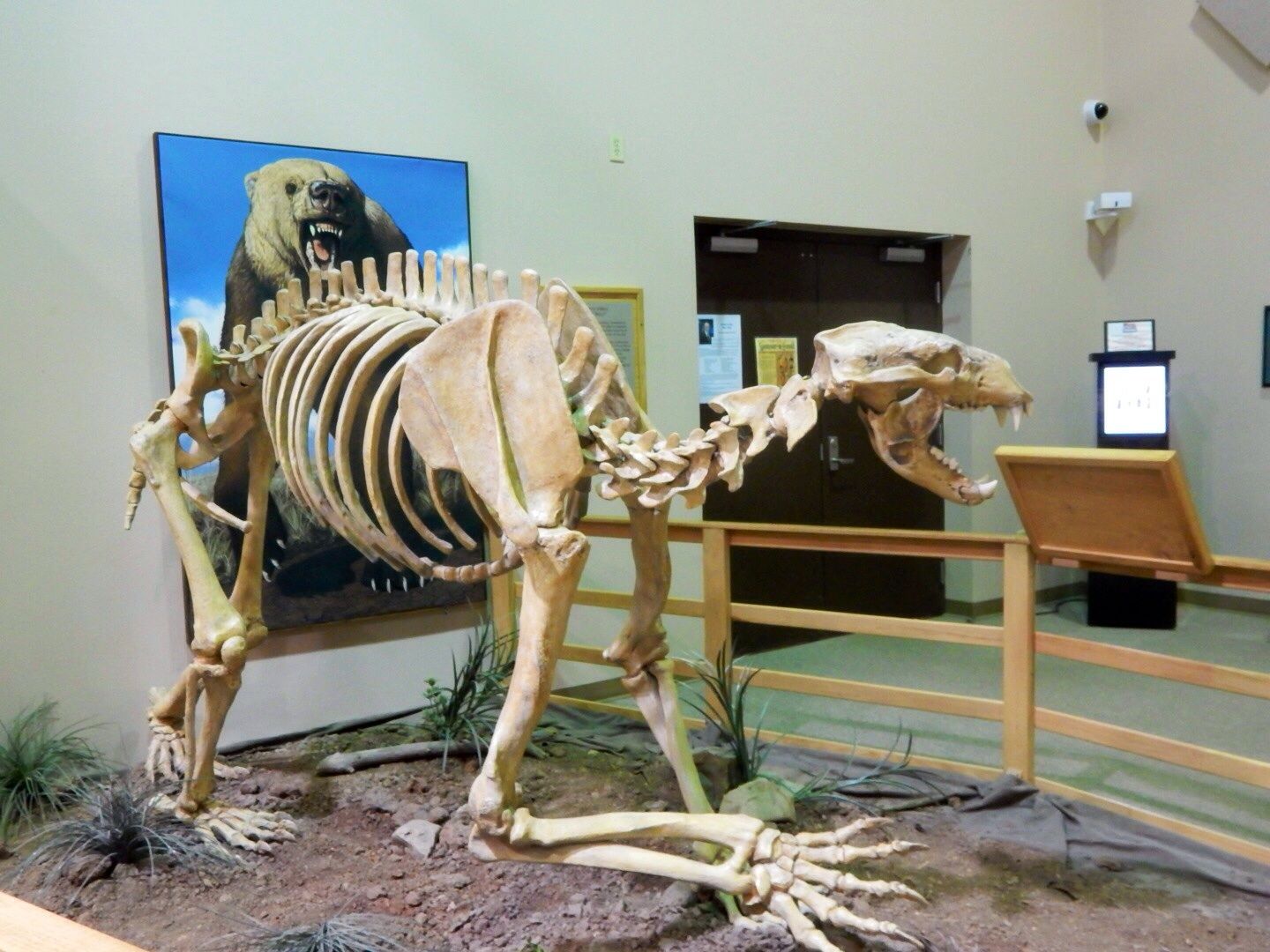
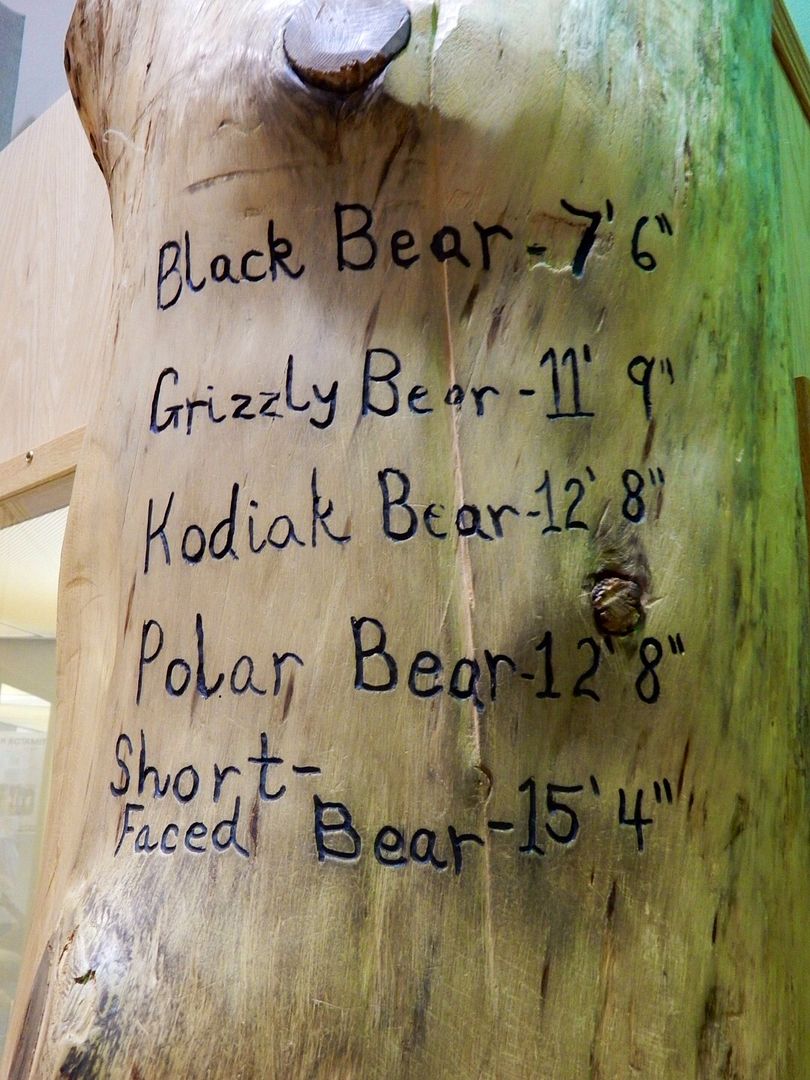
No comments:
Post a Comment